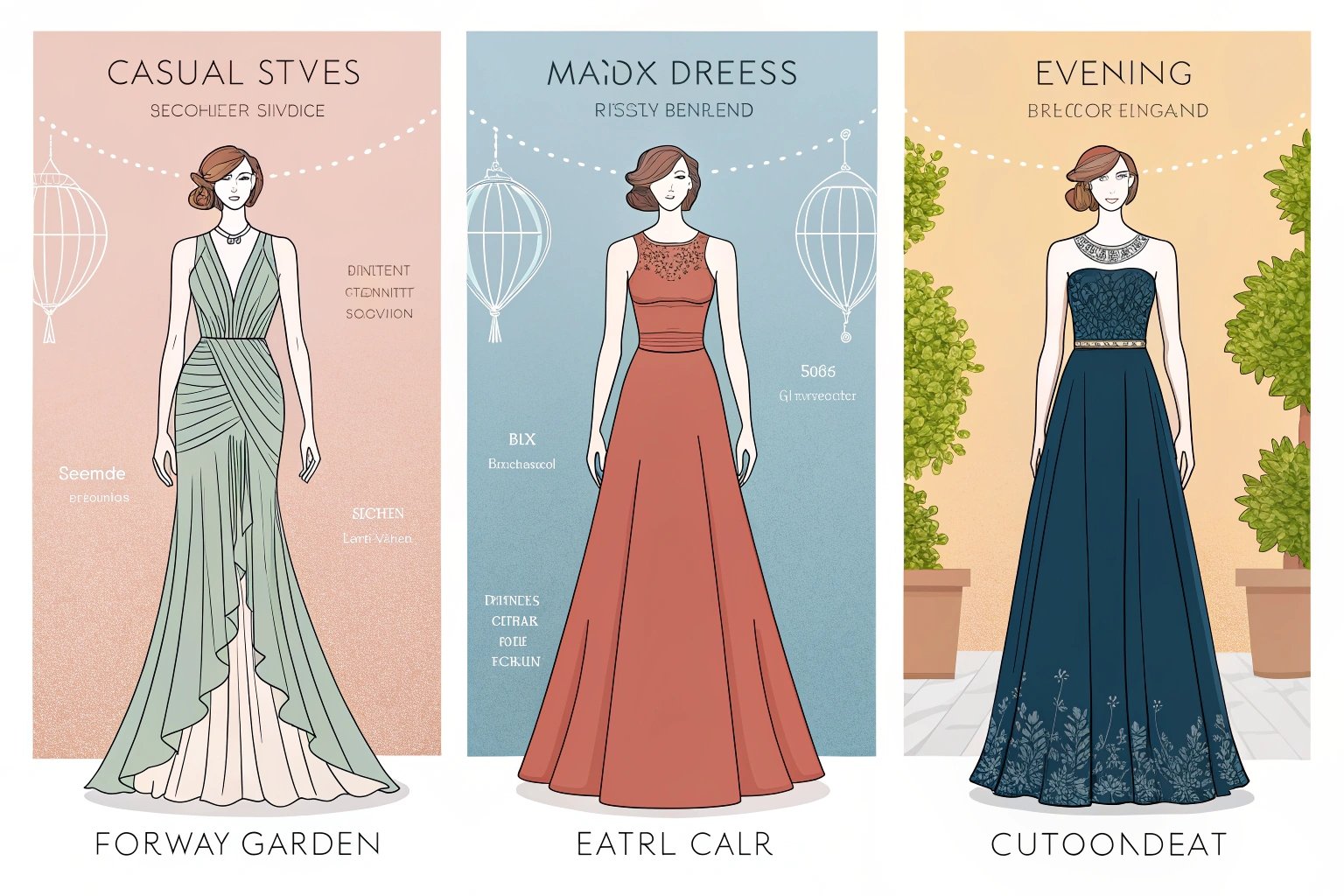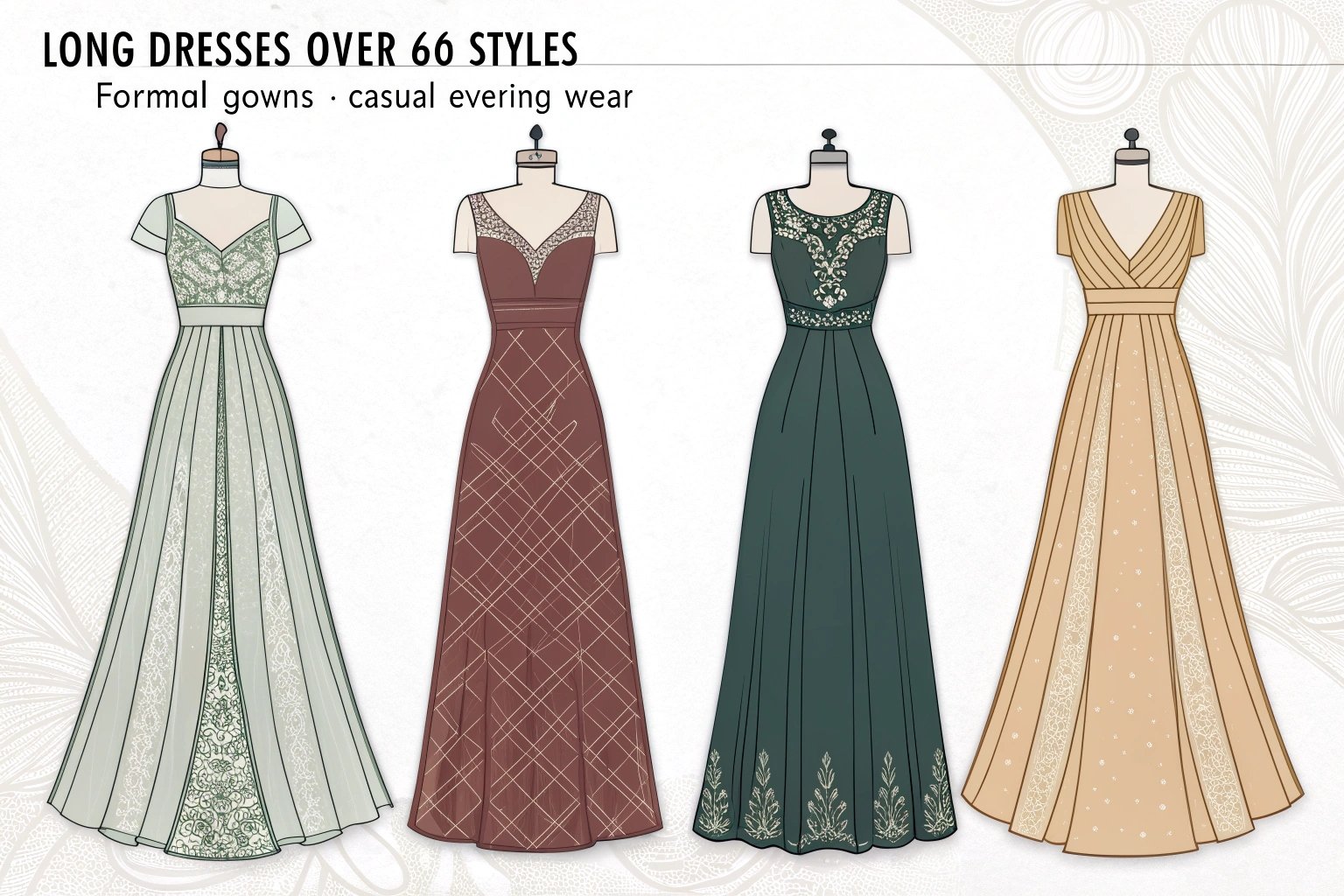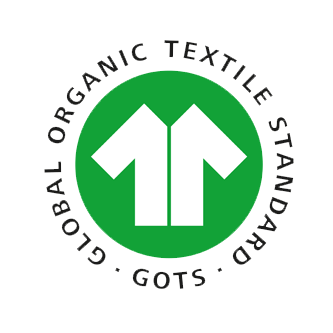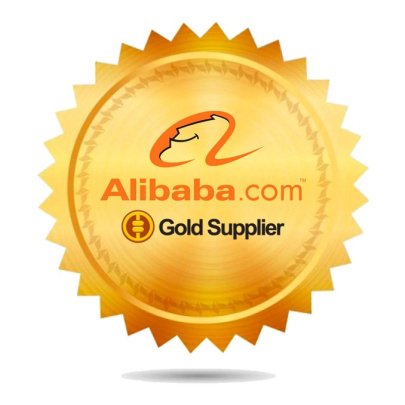Starting an athletic clothing line is an exciting journey that blends creativity with business savvy. Whether you’re aiming to create high-performance apparel for professional athletes or stylish athleisure for everyday fitness enthusiasts, partnering with the right sports clothing manufacturers is key to your success. From defining your brand to managing costs and scaling your business, the right strategies will help you navigate the competitive world of athletic wear1.
This guide will take you step-by-step through starting your own athletic clothing line with the right manufacturers, covering everything from brand development to scaling your brand for long-term success.
What Are the First Steps to Starting an Athletic Clothing Line?
Starting a successful athletic clothing line begins with defining your brand and identifying your target audience2. Understanding who your customers are and what they want will shape every decision from product design to marketing strategy. Once you’ve established your brand identity, you can focus on product development and finding the right sports clothing manufacturers to bring your vision to life.
A well-thought-out brand strategy and clear understanding of your audience ensures your athletic clothing line stands out in a crowded market.
 Sewing Apparel in Production
Key first steps to starting an athletic clothing line:
Sewing Apparel in Production
Key first steps to starting an athletic clothing line:
| Step | Estimated Cost Range | Description |
|---|---|---|
| Brand Research & Strategy | £500 – £3,000 | Understand your target market and competitors. |
| Business Registration & Legal Fees | £300 – £1,000 | Register your business and secure any necessary trademarks or licenses. |
| Brand Identity Creation | £1,000 – £5,000 | Design your logo, brand messaging, and visual style. |
How Do You Define Your Brand and Identify Your Target Audience?
To succeed in the competitive athletic wear industry, defining your brand clearly is essential. Ask yourself: What values does your brand stand for? Are you promoting performance, sustainability, or inclusivity? Identifying your target market—whether it’s professional athletes, fitness enthusiasts, or casual wearers—helps guide your product design, marketing efforts, and customer engagement3.
A well-defined brand helps you focus your messaging, target the right customers, and stand out in a crowded market.
| Element | Description | Why It’s Important |
|---|---|---|
| Brand Mission | What problem does your brand solve? What values does it stand for? | It helps you connect emotionally with your audience. |
| Target Audience | Define your customer base—age, gender, fitness habits, and preferences. | Enables you to tailor your designs and marketing strategies. |
| Brand Voice and Personality | Decide on a consistent tone—whether energetic, inspirational, or functional. | Ensures consistent communication across all platforms. |
What Are the Key Elements to Creating a Strong Athletic Clothing Brand Identity?
Creating a strong brand identity is about making a lasting impression on your customers. Your logo, visual elements, and overall aesthetic must resonate with your audience and reflect your brand’s mission. A cohesive identity ensures that your brand stands out, whether on the shelf or online.
A cohesive brand identity creates a recognizable and trusted image that differentiates you from competitors.
| Element | Description | Why It’s Key |
|---|---|---|
| Logo & Visual Design | Your logo, color scheme, and design elements. | It’s the first visual impression customers will have of your brand. |
| Brand Story | Share your journey and what makes your athletic wear unique. | Builds emotional connection and trust with your audience. |
| Brand Consistency | Ensure all your branding materials (website, social media, packaging) are consistent. | Strengthens recognition and loyalty. |
How Do You Find the Right Sports Clothing Manufacturers?
Choosing the right sports clothing manufacturer is one of the most important decisions you’ll make in starting your athletic clothing line. The right manufacturer will help bring your designs to life, produce high-quality products, and maintain efficiency and reliability in meeting your demand.
Partnering with a trustworthy and capable manufacturer ensures that your products meet the required standards, timelines, and budget.
Finding the right sports clothing manufacturer:
| Step | Estimated Cost Range | Description |
|---|---|---|
| Finding Manufacturers | £500 – £1,500 | Research and shortlist manufacturers with experience in sportswear. |
| Requesting Samples | £100 – £500 | Test product samples to ensure quality and fit. |
| Evaluating Manufacturer Capabilities | £0 – £500 | Assess the manufacturer’s production capacity and reliability. |
What Are the Key Factors to Look for When Choosing a Sports Clothing Manufacturer?
Selecting a manufacturer isn’t just about price; it’s about quality, reliability, and alignment with your brand’s values. Some important factors include their experience in producing athletic clothing, their ethical standards, minimum order quantities (MOQs), and their communication capabilities.
A well-chosen manufacturer will provide you with high-quality products and ensure your production process runs smoothly.
| Factor | Description | Why It’s Important |
|---|---|---|
| Experience in Sportswear | Choose a manufacturer with a proven track record in athletic wear. | They’ll be familiar with the specific requirements of performance fabrics and fit. |
| Quality Control | Make sure they have a solid quality control process in place. | Ensures your products meet high standards for durability, comfort, and fit. |
| Sustainability & Ethics | Look for manufacturers committed to ethical labor practices and sustainability. | Aligns with growing consumer demand for responsible and eco-friendly products. |
How Do You Research and Evaluate Potential Sports Clothing Manufacturers?
Researching manufacturers involves looking at their portfolio, reading customer reviews, attending trade shows, and visiting their facilities if possible. The more information you gather, the better equipped you’ll be to make an informed decision.
Thorough research and due diligence help you select a manufacturer that aligns with your brand’s values and quality standards.
| Research Method | Description | Why It’s Effective |
|---|---|---|
| Online Directories | Use platforms like Kompass, Maker’s Row, and Alibaba. | Helps you find manufacturers with the expertise you need. |
| Trade Shows | Attend industry trade shows to meet manufacturers in person. | Provides an opportunity to assess products and forge relationships. |
| References & Reviews | Ask for client references and check online reviews. | Ensures the manufacturer has a solid reputation for reliability and quality. |

How Do You Design Your Athletic Clothing Line?
Designing your athletic clothing line requires a balance of creativity, functionality, and performance. Your designs must meet the needs of athletes while remaining stylish and comfortable. Working closely with your manufacturer during the design phase ensures that your ideas are executed accurately.
Functional, stylish designs are critical for building a loyal customer base.
Design considerations for athletic wear:
| Design Step | Estimated Cost Range | Description |
|---|---|---|
| Design Development | £500 – £2,000 | Work with designers to develop your clothing line’s look and feel. |
| Prototype Creation | £100 – £1,000 | Test and refine prototypes to ensure product fit and functionality. |
| Material Selection | £200 – £2,000 | Source high-quality materials suited to the athletic wear market. |
How Do You Create Functional and Stylish Designs for Athletes?
Your athletic clothing line should meet the performance needs of athletes. This means choosing materials that are breathable, moisture-wicking, and durable, while also designing for style and comfort. Collaborating with athletes and fitness experts during the design phase can give you valuable feedback on functionality.
Balancing function and fashion ensures your products are both practical and attractive to your audience.
| Design Element | Description | Why It’s Important |
|---|---|---|
| Fabric Choice | Use materials like moisture-wicking fabrics, spandex, or compression textiles. | Ensures comfort and enhances athletic performance. |
| Design Aesthetics | Incorporate current trends and appealing color palettes. | Helps attract consumers who want functional yet fashionable apparel. |
| Fit & Comfort | Ensure your designs allow for a full range of motion and comfort during physical activity. | Crucial for performance wear, as athletes need to feel unrestricted during exercise. |
How Can You Collaborate with Manufacturers to Perfect Your Designs?
Collaboration with your manufacturer is essential to bringing your designs to life. Ensure you clearly communicate your vision, provide detailed design specifications, and work closely with your manufacturer during the prototyping phase to ensure the final product meets your standards.
Effective collaboration ensures that your designs are executed accurately and meet both your aesthetic and functional goals.
| Collaboration Step | Description | Why It’s Essential |
|---|---|---|
| Design Feedback & Iterations | Work with your manufacturer to refine designs through multiple prototypes. | Ensures the final product matches your original vision. |
| Clear Specifications | Provide detailed measurements, material requirements, and product features. | Prevents errors and delays during production. |
What Are the Costs Involved in Starting an Athletic Clothing Line?
Starting an athletic clothing line requires an understanding of the costs involved in product development4, manufacturing, marketing, and distribution. Proper budgeting ensures that your business stays financially healthy as you scale and grow.
Knowing the full scope of expenses involved will help you plan your budget and allocate resources effectively.
Costs involved in starting an athletic clothing line:
| Cost Category | Estimated Cost Range | Description |
|---|---|---|
| Manufacturing Costs | £1,000 – £20,000 | Initial production costs depend on order size, product complexity, and materials. |
| Marketing & Advertising | £500 – £5,000 per month | Costs for digital marketing, influencer campaigns, and traditional advertising. |
| Distribution & Fulfillment | £2 – £10 per unit | Packaging, shipping, and handling costs for delivering products to customers. |
How Much Should You Budget for Working with Sports Clothing Manufacturers?
Working with sports clothing manufacturers involves several costs, including sampling, production runs, and material sourcing. Typically, manufacturing costs range from £5 to £50 per unit, depending on factors like fabric choice5 and order volume.
Allocating the appropriate budget for manufacturing ensures you get the best quality without overspending.
| Manufacturing Cost | Estimated Price per Unit | Why It Varies |
|---|---|---|
| Basic Apparel (T-shirts, Shorts) | £5 – £15 | Standard fabrics and simple designs are more affordable. |
| Performance Activewear (leggings, jackets) | £15 – £50 | Custom designs and high-performance fabrics increase the price. |
What Are the Marketing and Distribution Costs to Launch Your Athletic Brand?
Marketing and distribution are crucial to the success of your brand. You’ll need to budget for digital marketing, influencer partnerships, and shipping costs. Proper investment in these areas can significantly impact your brand’s visibility and customer acquisition.
Allocating enough resources for marketing and distribution ensures your brand reaches its audience effectively.
| Expense | Estimated Cost Range | Description |
|---|---|---|
| Social Media & Paid Ads | £300 – £5,000 per month | Running ads on platforms like Instagram and Facebook to drive traffic. |
| Influencer Partnerships | £500 – £10,000 | Partnering with fitness influencers to increase credibility and reach. |
| Shipping & Fulfillment | £2 – £10 per unit | Packaging and shipping costs for each product sold. |

How Do You Market and Promote Your Athletic Clothing Line?
Effective marketing is essential to building brand awareness and attracting customers to your athletic clothing line. Using a mix of online marketing, influencer partnerships, and strategic campaigns can boost your brand’s visibility and help you stand out.
With the right marketing approach, you can create a buzz around your athletic clothing line and establish a strong customer base.
Best marketing strategies for your athletic brand:
| Strategy | Estimated Cost Range | Why It Works |
|---|---|---|
| Social Media Campaigns | £300 – £5,000 per month | Targeting fitness enthusiasts on platforms like Instagram and TikTok. |
| Influencer Collaborations | £500 – £10,000 | Influencers boost brand recognition and trust through authentic promotions. |
How Can You Use Social Media and Influencers to Boost Brand Awareness?
Social media platforms, especially Instagram and TikTok, are powerful tools for promoting your athletic clothing line. Collaborating with fitness influencers who share your brand’s values can help you reach a wider audience and increase engagement.
Influencer marketing can drive sales and create authentic connections with your target audience.
| Social Media Strategy | Estimated Cost Range | Why It’s Effective |
|---|---|---|
| Instagram & TikTok Ads | £500 – £5,000 per month | Reach a highly targeted audience interested in fitness and activewear. |
| Influencer Endorsements | £500 – £10,000 | Increase credibility and expand reach by partnering with fitness personalities. |
How Can You Scale Your Athletic Clothing Line Over Time?
As your athletic clothing brand grows, you’ll need to scale by expanding your product range, increasing production volume, and reaching more customers. Effective scaling involves strategic planning and long-term partnerships with reliable manufacturers.
By focusing on sustainable growth, you can ensure that your brand remains competitive and profitable in the long run.
Scaling strategies for your brand:
| Scaling Strategy | Estimated Cost Range | Why It’s Essential |
|---|---|---|
| Product Line Expansion | £2,000 – £20,000 | Introducing new products can diversify your offerings and attract new customers. |
| Long-Term Manufacturer Partnerships | £500 – £2,000 | Strong, ongoing relationships with manufacturers ensure better terms and efficiency as you scale. |
How Do You Expand Your Product Line and Reach More Customers?
Expanding your product line to include new athletic apparel or accessories can help you meet the demands of a larger customer base. Consider introducing items like jackets, footwear, or even fitness accessories to complement your core offerings.
Product expansion allows you to appeal to more customers while diversifying your revenue streams.
| Expansion Opportunity | Estimated Cost Range | Why It Helps You Grow |
|---|---|---|
| New Product Development | £2,000 – £20,000 | Adds value to your brand and creates more options for customers. |
How Do You Build Long-Term Relationships with Sports Clothing Manufacturers?
Building strong relationships with your sports clothing manufacturers is essential for long-term success. Open communication, fair payment terms, and a shared commitment to quality are key to maintaining a productive and reliable partnership.
Long-term relationships help ensure consistent quality, timely production, and better pricing as you scale.
| Relationship-Building Strategy | Estimated Cost Range | Why It’s Essential |
|---|---|---|
| Clear Communication | £0 – £500 | Regular updates and open dialogue reduce errors and ensure smooth production. |
| Long-Term Contracts | £500 – £5,000 | Helps secure better pricing and guarantees priority service as your orders grow. |
Conclusion
Starting an athletic clothing line requires careful planning, a solid understanding of your target audience, and the right partnerships with sports clothing manufacturers. By defining your brand, finding a reliable manufacturer, and designing functional yet stylish products, you can create a strong foundation for your brand. Additionally, budgeting effectively for production, marketing, and distribution, while also leveraging social media and influencers, will help your brand gain visibility and attract customers.
As your brand grows, scaling strategically by expanding your product line and nurturing long-term relationships with your manufacturers will be key to sustaining success. With the right approach and dedication, your athletic clothing line can thrive in this competitive industry.
Best of luck with your journey into the world of athletic wear!
-
Stay informed about the latest innovations in athletic clothing. ↩
-
Discover methods to effectively identify and engage your target audience. ↩
-
Explore strategies to improve customer engagement for your clothing line. ↩
-
Gain insights into the product development process for fashion brands. ↩
-
Get tips on selecting the best fabrics for your athletic wear. ↩









